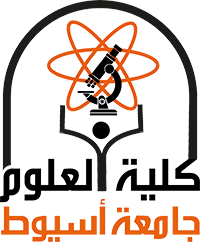Abstract
The palynofloras of the basal part of the Quseir Formation in the Bulaq area, central Egypt, are overwhelmingly of terrestrial
origin. They are dominated by angiosperms (mainly Foveotricolpites and Arecipites). Pteridophytic spores are abundant, amongest
which the Deltoidospora/Cyathidites association and Gabonisporis vigourouxii are the most frequent. Aquatic plants (e.g. Ariadnaesporites
spores) and freshwater algae (e.g. Ovoidites and Pediastrum) occur in appreciable amounts. The association is indicative of
a fluvio-lacustrine environment characterized by widespread moist and aquatic habitats under a warm-humid (tropical) palaeoclimate.
An angiosperm-based dating as Campanian (most probably Early Campanian) is suggested. Proteacidites sp. 3 Lawal
and Moullade and Syncolporites schrankii Awad are the most significant angiosperms, which are not known to range before
the Campanian in the ‘‘Senonian Palmae Province’’ areas. The Bulaq assemblages bear a close relationship with the Palmae
palynofloras of North Africa, but differ significantly from those of West Africa.
ملخص البحث
قسم البحث
مجلة البحث
Journal of African Earth Sciences
المشارك في البحث
الناشر
Elsevier
تصنيف البحث
1
عدد البحث
36(2)
سنة البحث
2003
صفحات البحث
135-148

